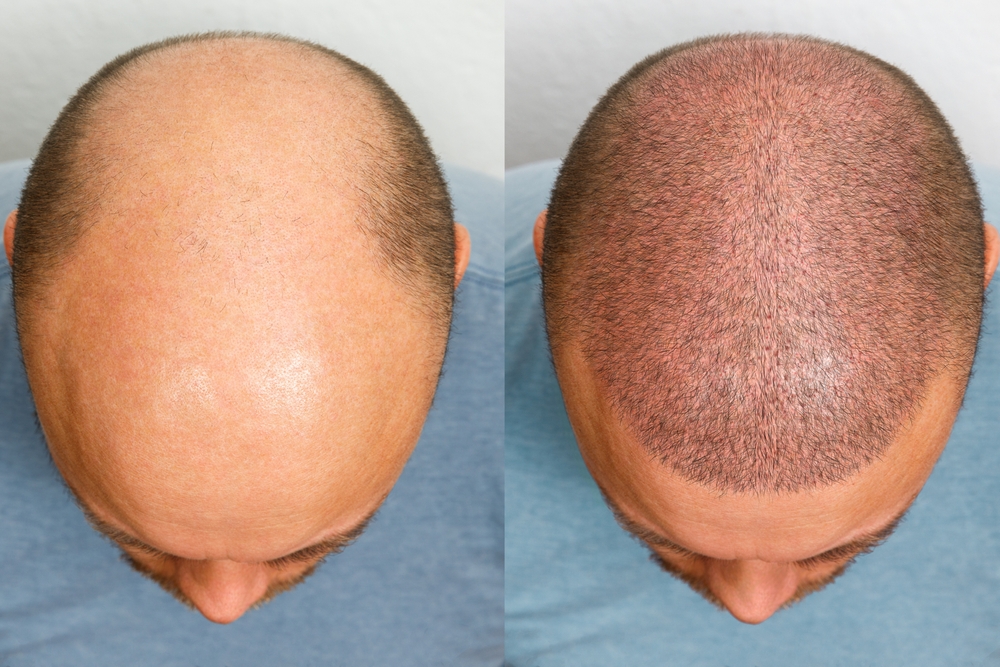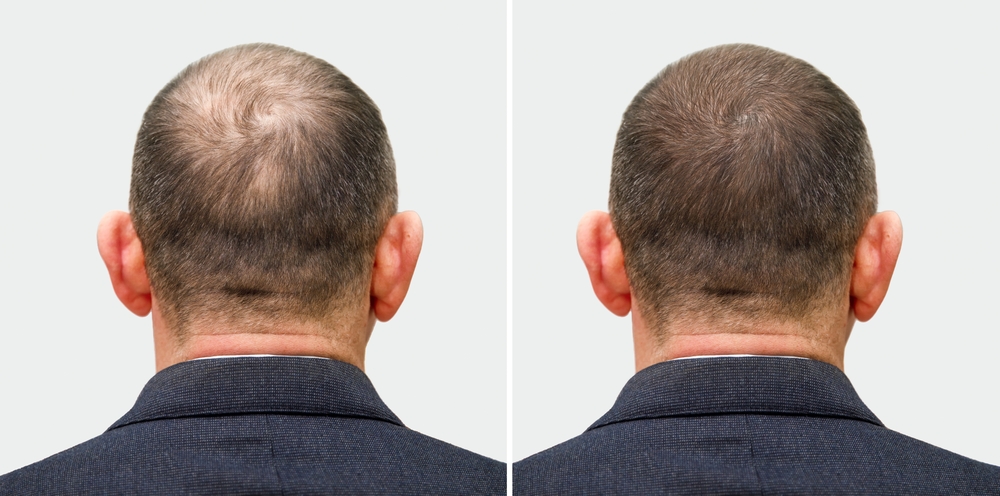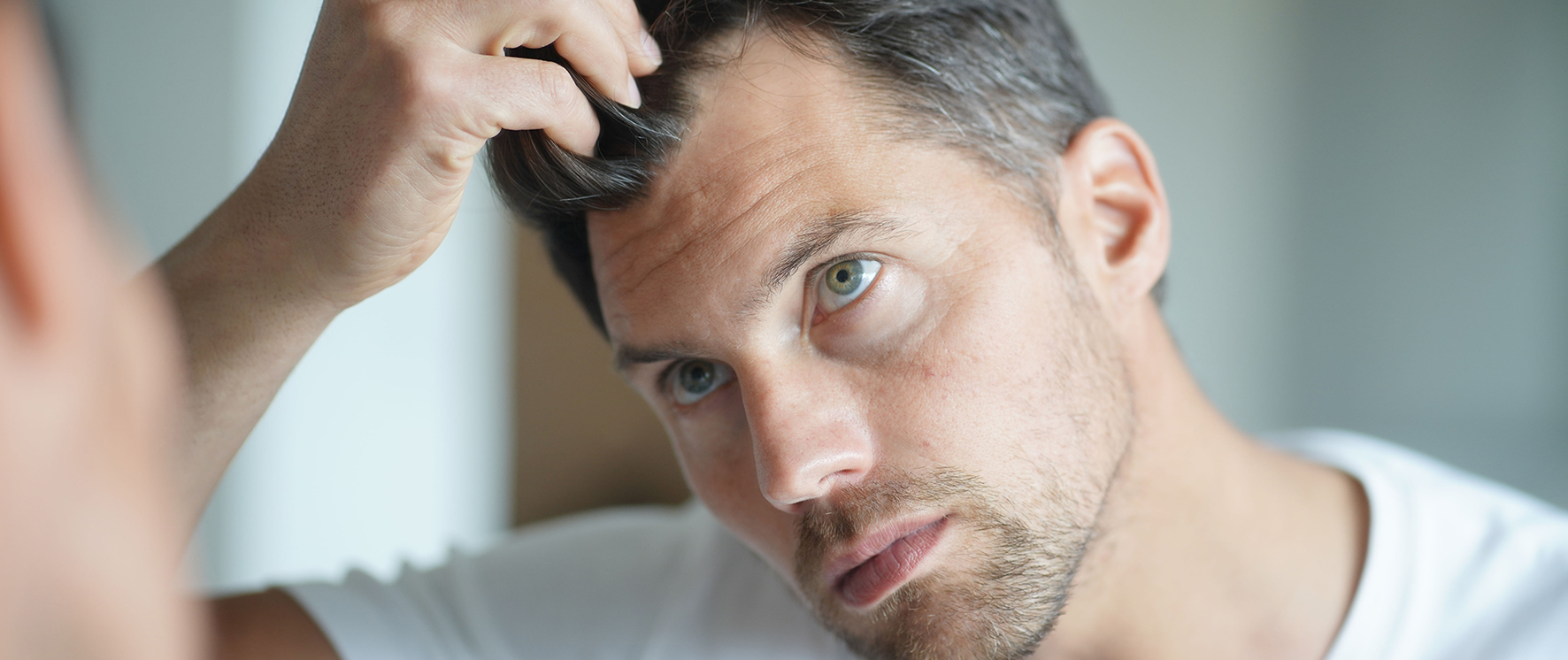Turkey has soared to become the global leader in hair transplants in just a few years. Fueled by historical expertise and state-of-the-art medical practices, Turkey draws thousands of patients worldwide to benefit from top-quality hair restoration services at highly competitive prices. With over 500 specialised clinics, Turkey stands out as the world leader in hair transplant procedures, performing close to 400,000 operations in 2022, which has more than doubled in 5 years. This impressive growth positions Turkey well ahead of heavyweights like the United States, India, and Thailand in this sector. In 2022 alone, Turkey welcomed over 1.2 million foreign patients for various medical treatments, amassing nearly 2 billion dollars in revenue, a significant increase of 25% compared to 2021. This is a testament to the vitality of this strategic industry for the nation.
But how has Turkey become prominent in this strategic market in mere decades? Which top techniques are offered by Turkish clinics? What is the average cost of a hair transplant in Turkey? These are just a few queries we’ll address in this article.
A Tradition of Excellence Among Turkish Practitioners
Turkey’s legacy in hair transplants is rich and admired. Starting in the 1990s, Istanbul’s doctors began honing their skills in hair restoration, especially for patients hailing from the neighbouring Arab nations.
They quickly adopted cutting-edge innovations from the United States and Europe, becoming early adopters of the FUE (Follicular Unit Extraction) process. Their expertise has continually expanded due to advancements in local medical research, setting an international benchmark.
Surgeons with Cutting-Edge Training
Today, Turkish surgeons benefit from comprehensive theoretical and practical training at the nation’s prestigious universities. Many then specialise further by attending workshops with the world’s top experts in the field, often held in key Western countries.
Latest-Generation Equipment in Clinics
Turkey’s state-of-the-art clinics are furnished with world-class equipment sourced from countries such as Germany, Japan, or the United States, rivalling the facilities found in the largest American or European hospital
groups. They are armed with the latest technological advancements to ensure meticulously precise procedures for their patients.
World-Class Research in Medical Hair Restoration
Many Turkish doctors regularly contribute research to the world’s most respected international scientific journals. This underscores their pivotal role within pioneering research networks that merge the frontiers of advanced medicine and biotechnology.

Support from the Government
Recognising the potential of medical tourism, the Turkish government has made expanding this sector a critical strategic goal. Under President Erdogan’s leadership, substantial public funds have been allocated to bolster the field.
The Ministry of Health has initiated a comprehensive plan to certify medical facilities, ensuring they meet international standards. Moreover, Turkish practitioners receive financial incentives to stay updated with the latest global advancements.
Concurrently, the Ministry of Tourism has intensified its efforts to promote Turkey’s medical competence and attractive pricing. This concerted push has yielded results, as the surge of international patients to hospitals in cities like Istanbul and Ankara attests.
This strategic governmental support partially explains Turkey’s dominant position in the hair transplant sector, setting the stage to further extend its lead over competitors in the coming years.
Hair Transplant Costs: 2 to 5 Times Lower than in Western Countries The pivotal factor behind Turkey’s appeal is its competitive pricing—hair transplant procedures in Turkish
clinics are 2 to 5 times less expensive than in Western nations.
Detailed Price Comparison for 3000 FUE Grafts
On average, an FUE transplant consisting of 3000 grafts would cost:
In Turkey: Approximately £2,300
In the UK: £8,000 to £12,000
In the United States: $15,000 to $30,000
For equal or, according to some patients, superior quality, the cost savings in Turkey are substantial.
How Turkish Clinics Cut Costs Substantial Economies of Scale
Performing several dozen operations daily, Turkish surgeons have honed a level of mastery that’s tough to rival. This has allowed them to optimise procedures, reducing costs without compromising quality.
Lower Workforce Expenses
In Turkey, medical and administrative staff salaries are significantly lower than in Western countries. For instance, a surgeon earns about €1,500 monthly in Turkey instead of nearly £6,000 in France. This applies to nursing and housekeeping staff as well. These savings on wages enable clinics to lower operational costs while retaining highly skilled teams, ultimately leading to more affordable treatments for international patients.

Comprehensive All-Inclusive Packages
Turkish clinics offer all-inclusive packages that feature:
Tailored Patient Support
High-quality hair transplants are about more than just the surgery; comprehensive patient care is vital, from airport arrival to post-operative follow-up. Turkish clinics are proficient in this regard.
English-Speaking Interpreters
Upon arrival, patients are welcomed by interpreters fluent in their language. Available around the clock at both the clinic and hotel, they field any questions and facilitate communication with the medical team.
Accommodation in 5-star Hotels
VIP transportation and stays in luxury hotels are standard features of these packages, ensuring a first-class, restful experience during recovery.
Post-operative care for at Least 12 Months
After returning home, patients maintain close communication with their clinic. Regular check-ins at 3, 6, and 12 months enable the monitoring of hair regrowth and addressing any issues.
Hair Transplant Techniques FUE (Follicular Unit Extraction)
The FUE method has recently emerged as the gold standard for hair transplants. It involves individually extracting follicular units from the “safe zone” at the back and sides of the head.
Graft Harvesting
During the FUE process, the surgeon employs a small cylindrical punch tool to create a micro-incision around the hair follicle. This step is conducted with extreme precision, often under magnification, with careful attention to the angle and depth.
Graft Extraction and Preparation
The detached follicles get extracted using fine tweezers and are then immersed in a solution to keep them viable while technicians prepare each one for transplantation.
Benefits of the FUE Technique
FUE’s greatest advantage lies in its ability to harvest follicles over the entire donor region, avoiding linear scars typical of older methods like FUT. Though FUE can be more time-consuming, the end result is exceptionally natural, and the recovery is smoother.
Manual FUE: The Domain of Turkish Experts
Manual FUE is a point of pride for Turkish clinics, where surgeons personally undertake the meticulous extraction and placement of grafts. This level of skill is attained only after performing thousands of procedures.
DHI (Direct Hair Implantation): A Variant for Increased Density
DHI, a refined version of FUE, maximises density by utilising an implant pen during the placement phase, allowing for greater accuracy and potentially reduced procedure time.
Hair Medicine Techniques Offered in Turkey
Besides surgical restoration, Turkish clinics offer non-surgical interventions to enhance natural hair growth and mitigate the progression of androgenetic alopecia, such as:
PRP (Platelet-Rich Plasma)
This treatment harnesses the restorative power of the patient’s own platelets to reinvigorate hair follicles.
Low-Intensity Laser Therapy
A non-invasive option that stimulates the hair bulb, fostering regrowth.
Regenera Activa Hair Mesotherapy
Injecting mesenchymal stem cells to rejuvenate the scalp and encourage hair production.
Utilising these treatments alongside transplants or on their own has helped Turkish specialists perfect their approach for optimal outcomes.
The Hair Regrowth Journey Post-Transplant
Hair transplants offer transformative results, yet they require time to manifest fully. Understanding the stages
of regrowth—from initial healing to eventual stabilisation—is crucial for setting realistic expectations.
The First 10 Days: Healing Begins
This initial stage after surgery is characterised by the formation of scabs, signalling the beginning of tissue repair. A slight tingling sensation is expected as the scalp heals.
The First Month and Shock Loss
The post-op trauma might cause newly transplanted hairs to shed—a normal phase known as shock loss. This paves the way for thicker, more robust hair growth.
Growth at 3 Months: The Emergence of New Hair
A pivotal moment when the first new hairs begin to appear, although still thin and sparse at this juncture.
The 6-Month Mark: Increasing Hair Density
The density visibly improves during this time, and while fullness isn’t yet achieved, the progress is evident and gratifying.
The One-Year Milestone: Final Results
After a year, patients can finally appreciate their hair transplant’s full, lasting impact—a rich, seamlessly integrated new head of hair that looks completely natural.





